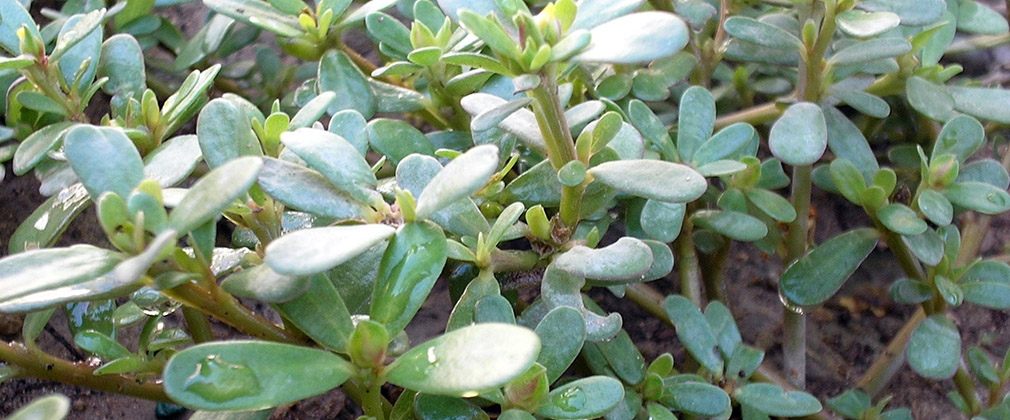In Search of Baltimore Foragers
“Most people have foraged for food at some point,” says Brent Kim, one of the researchers conducting Bountiful Baltimore, a study on Baltimore foraging. “If you’ve picked a wild berry and eaten it, you’ve foraged.”
Modern humans have been foraging for wild plants and fungi for 200,000 years. In comparison, humans have only been farming for about 12,000 years. But while we have a lot of documentation about our agricultural practices, we’re only beginning to understand the behaviors of present-day foragers—the who, what, where, why, and how. Much of what we know comes from anecdote, or from personal memoirs such as Ava Chin’s Eating Wildly: Foraging for Life, Love and the Perfect Meal, published this year.
To help fill the knowledge gap, the Johns Hopkins Center for a Livable Future (CLF) is conducting a study of Baltimore foraging. The study combines face-to-face interviews and a computer-assisted survey to gather information from urban gardeners, farmers, and foragers who pluck “wild” foods from the earth, prepare them, and eat them. The big questions the study authors hope to answer are “who,” “what,” and “where:” who forages, which foods do they forage, and where do they find their treasures. They also hope to gain insight into how participants prepare the foods, why they do it, and for how long. By the time the study ends, the authors hope they can contribute some formal characterization of foraging behaviors to the body of scientific literature. (To participate in the study, visit this webpage.)
Who’s doing the foraging? That’s one of the big questions the study hopes to address. Anecdotes from members of the foraging community suggest foraging may be particularly important for immigrants seeking culturally relevant foods, for example, gingko nut, which might be sought after among Korean communities, or purslane, a plant also known as “verdolagas” and popular in Mexican cuisine.
What is being foraged? A little research reveals that wild foods are there for the taking, even in the city. Mulberry trees appear in many parks, and gingko trees line city sidewalks. (The female gingko tree is what bears the edible fruit; unfortunately, the fruit has a smell I can only describe as being similar to vomit; planting of the female gingko has been banned in some cities.) Wineberries grow abundantly along the forested edges of Baltimore’s parks, including Druid Hill and Lake Montebello, much to the delight of disc golfers.Black walnut trees are plentiful, and mushrooms pop up after most rains. And of course, our gardens offer a bounty—some of those plants we call “weeds” and that we remove so methodically, such as lambs quarters and garlic mustard, are perfectly edible. (Here are a few photographs of wild edibles, from Chin’s Eating Wildly.)
Where is the foraging happening? Foragers find their bounties along roadsides, in vacant lots and parks and everywhere in between. The CLF researchers are interested in the “where” of foraging so they can help to identify potential risks. By mapping the specific parcels of land where foraging takes place and cross-referencing that information with the history of those parcels of land, the study might raise a red flag when appropriate. Land that has been used as factory grounds or a dry-cleaning site or a gas station might contain residual chemicals that would be available in the soil for uptake by the wild plants growing there.
How are participants eating foraged foods? The researchers also hope to discover how foragers prepare and enjoy their finds. Foraged materials, for example, might be washed, peeled, boiled, baked into pies, sautéed, dried, or brewed in tea—the study will tell.
Ideally, the study will provide some foundational data that could be used to assess the benefits associated with foraging and to identify best practices for avoiding exposure to soil-borne contaminants. Ultimately, by assessing how urban lands contribute to denizens’ diets, the study could make a case for protecting green spaces in the city.
How are the researchers finding participants for the study? They are canvassing community centers, foraging meet-ups, and farmers markets and will use word of mouth to turn up a cadre of the willing. (To participate in the study, visit this webpage.)
The study, “Bountiful Baltimore: Benefits and Potential Risks Associated with Urban Foraging,” will continue through 2015. It’s funded by the CLF and by the U.S. Department of Agriculture, and authors include CLF faculty and staff Keeve Nachman, Jamie Harding, and Brent Kim, as well as Marla Emery from the USDA.
Image Source: ZooFari CC BY-SA 3.0
